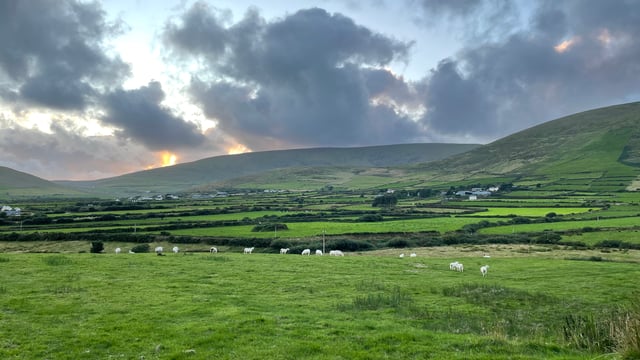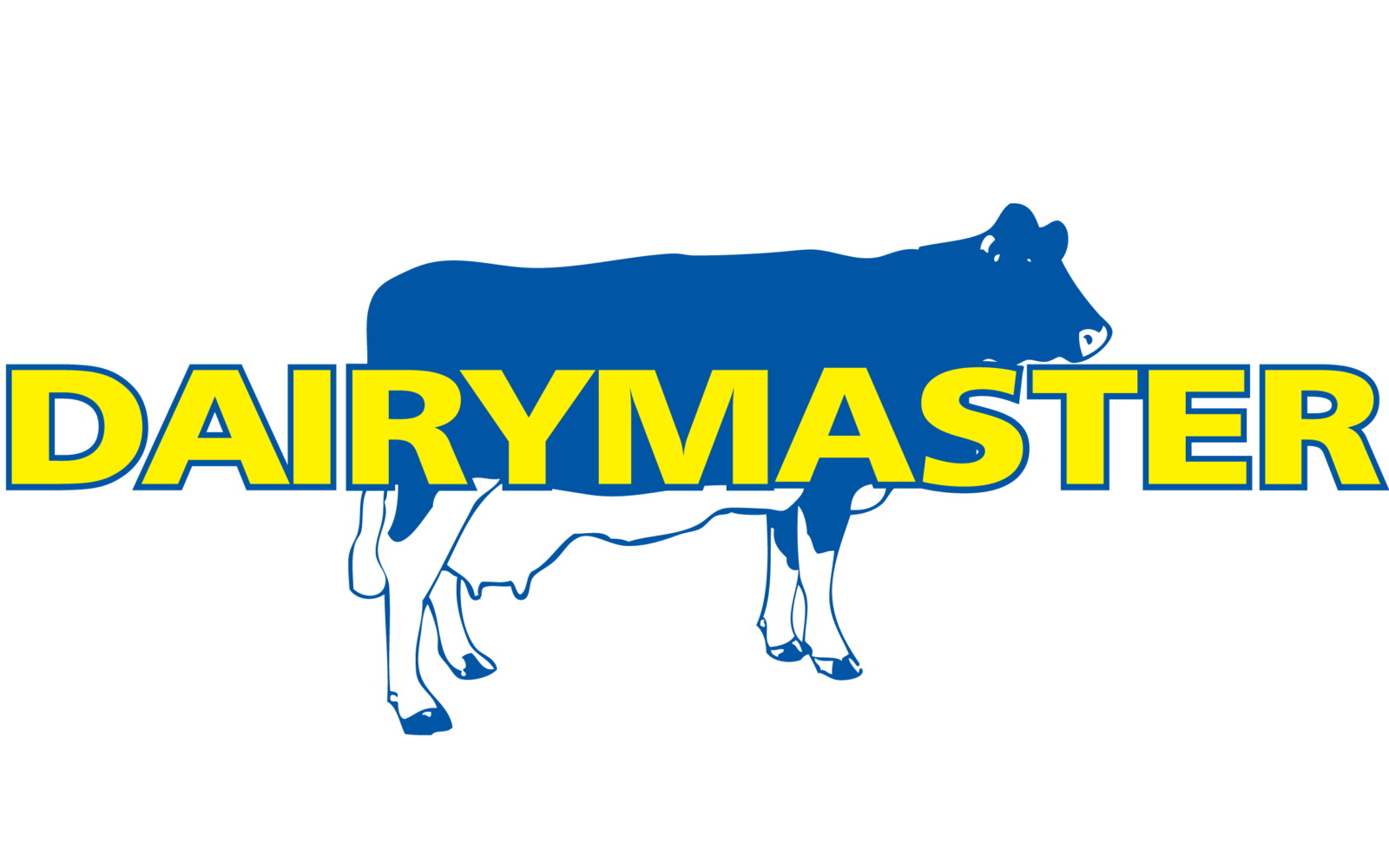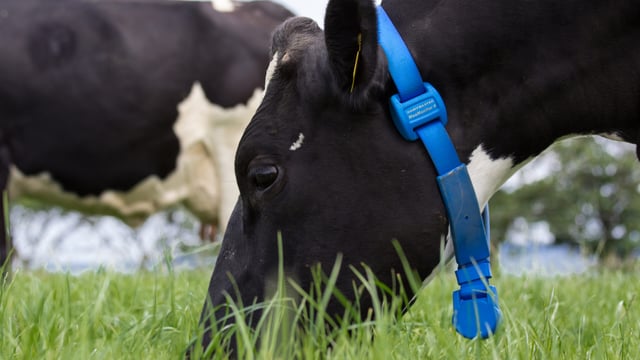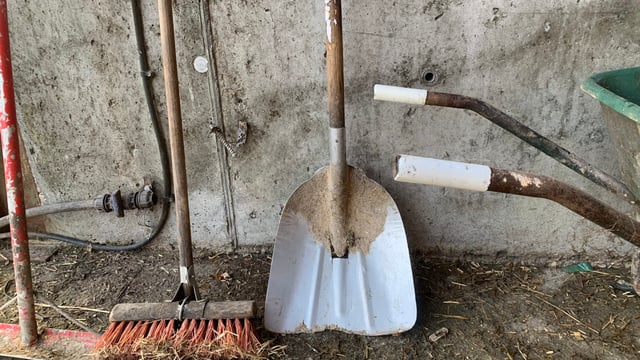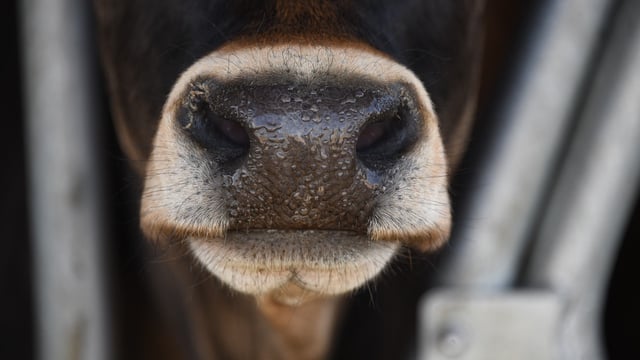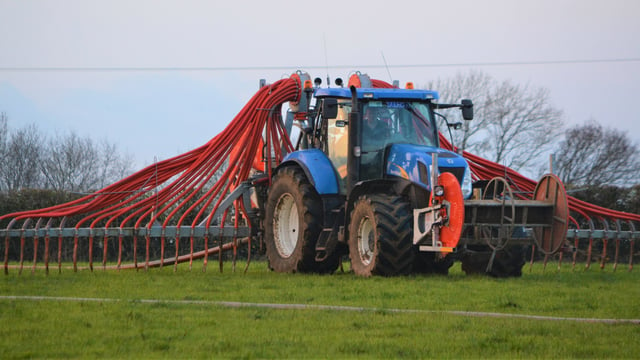An Taisce claims lack of assessment on proposed NAP measures
An Taisce has claimed that required assessments have not been carried out on the proposed measures for Ireland's fifth Nitrates Action Programme (NAP).
The National Trust for Ireland made the comments as part of its submission to government on the Strategic Environmental Assessment (SEA) on the draft additional measures for the NAP.
In December, then Minister for Housing, Local Government and Heritage, Darragh O’Brien invited submissions, observations and comments on the proposed additional NAP measures and the SEA.
The additional measures for the fifth NAP were developed following an interim review by the Nitrates Expert Group which identified that more action is needed to achieve improved water quality.
The proposed additional measures are separated into two groups, those that require amendments to the Good Agricultural Practice (GAP) Regulations and those measures that can be implemented without regulatory amendments.
The SEA report informs the development of the additional measures for the programme.
The Department of Housing, Local Government and Heritage stated that this SEA report complies with the requirements of the EU Directive on the assessment of the effects of certain plans and programmes on the environment.
An Taisce
Dr. Elaine McGoff, head of advocacy with An Taisce, said that the NAP "represents the authorisation of a programme or project" and requires assessment as to whether it could affect meeting Water Framework Directive (WFD) objectives.
"We would observe that, to our knowledge, there are no site level Article 4 WFD assessments carried out for further intensification or expansion of agricultural activity, or indeed on foot of a nitrates derogation license application.
"As such, any measures which are not assessed as part of this current process will fail to undergo the full rigour of European environmental legal assessment at a site/project level, with the exception of built infrastructure which falls under the ambit of the planning regulations," she said.
Dr McGoff said that it "does not appear that such an assessment, as required under Article 4 of the WFD, has been carried out within the consultation material made available".
"There does not appear to be a determination on whether the implementation of the measures in the interim NAP may cause a deterioration of the status of a body of surface water or where it may jeopardise the attainment of good surface water status," she added.
Dr. McGoff said that An Taisce believes the SEA has "failed to adequately assess the measures from an Article 4 WFD perspective".
The National Trust contends that the authorisation of the interim NAP is not lawfully possible, having regard to Article 4 of the WFD and Article 5 of the Surface Water Regulations.
Dr. McGoff added that should the department wish to approve this interim NAP, it would appear that it would legally require a derogation.
An Taisce previously made a submission on the Natura Impact Statement (NIS) on the draft NAP document.
That submission claimed that the WFD considerations were not adequately accounted for in the NIS assessment.
Fertiliser
In its latest submission, An Taisce also noted that the fifth NAP "provided for a 10% reduction in the maximum allowable chemical nitrogen (N) application rates for grassland".
"It stated that if water quality improvements were not evident during the interim review a further 5% reduction should be applied to further reduce the maximum allowable rate on all farms from 2024," it stated.
However, An Taisce said that "this is not what is now being brought forward in the interim review, in spite of a lack of evident water quality improvement".
"Instead, what is committed to is that a further 5% reduction in the maximum allowable chemical nitrogen fertiliser application rates for grassland will apply only on farms which are stocked above 170kg/ha, in addition to a chemical nitrogen fertiliser limit of 90 Kg N/ha on farms with a stocking rate of less than 85 kg N/ha," it said.
Dr. McGoff noted that in the documentation there is no assessment of the impact of this change on the potential water quality outcomes.
"This is undoubtedly a retraction from a previous more stringent commitment by the department.
"The environmental assessments for the initial fifth NAP were conducted based on this commitment to a further reduction, across all farm types.
"The implications of this more streamlined approach to the reduction needs to be rigorously assessed both within the NIS and the SEA, from a Habitats Directive and a Water Framework Directive assessment," she said.



